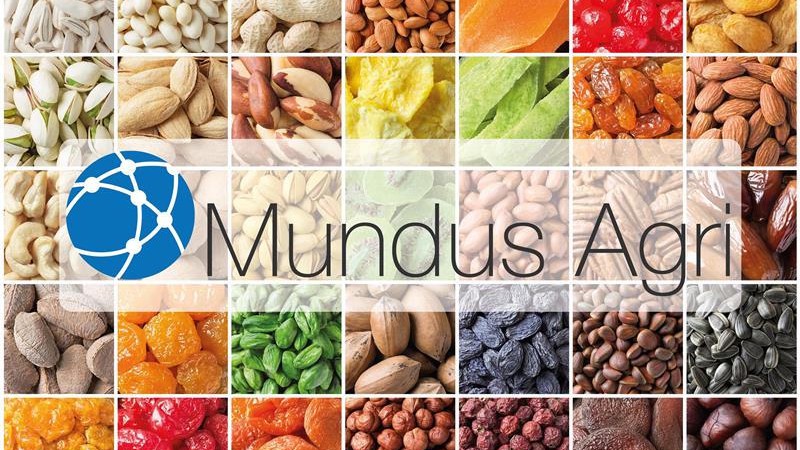Saffron: Covid-19 jeopardises monopoly
June 30, 2020 at 1:00 PM ,
Der AUDITOR

Exports fail to revive
Saffron exports have basically stopped since the outbreak of the pandemic in March. Problem is that the virus has not only impacted Iran but all 47 export destinations. Export operations are running anything but smoothly. Even saffron purchased in March either remains in customs, where it is retained in warehouses, or with the exporters. Overseas customers have also postponed shipping because of the virus, meaning that the suppliers will have to pay higher storage costs. Market players estimate that exports have, at best, slumped by as much as 80% in spring 2020 over last year. Exports were initially expected to range at 310 metric tonnes in March 2019 through to March 2020. Due to the outbreak of the virus, however, only 280 metric tonnes were shipped overseas.
Illegal smuggling may spell death sentence for market
Iran basically has a monopoly in the global market as it is impossible to purchase saffron that does not originate in the country. Traders are, therefore, growing increasingly concerned over the illegal smuggling of bulbs to neighbouring Afghanistan. Calls are being voiced for the government to intervene and purchase any surplus bulbs from the farmers. Although this problem has been a matter of concern for some time now, the crisis has promoted its urgency. Problem is that the farmers are heavily inflicted. Not only has saffron gone down in price, but the farmers have also incurred months of debt meaning that many will no longer be interested in cultivating saffron next year. The main producing provinces South Khorasan, Khorasan Razavi and Isfahan are particularly hard hit. Traders are convinced that Iran’s position as the world’s leading producer is at stake.
Prices finally take a dip
Not only have exports stalled the Iranian rial has also declined in value. This has finally prompted a price decline of EUR 0.20-0.30 per kg over the last two weeks. Prices had, by contrast, been surprisingly stable over the preceding weeks.
|
Saffron, premium quality, Iran |
|
|
Type |
EUR/kg* |
|
Bunch, Dasteh |
390 |
|
Poushal |
450 |
|
All Red Sargol |
486 |
|
Negin |
588 |
|
FOB Iran |
|
*Please note that these prices apply to an order volume of 10kg. Prices may range lower for higher volumes.
View more information
- price chart, saffron, dried, Negin, Iran
- more price charts





